Drawing Posts on Crowch
The world’s most famous fruit-based artwork has met a familiar fate—again. Last week at the Centre Pompidou-Metz in eastern France, a visitor approached Comedian (2019), the notorious conceptual piece by Italian artist Maurizio Cattelan, and took a bite out of the banana taped to the wall. Museum officials confirmed the incident, noting that security swiftly intervened, though not before the banana had been consumed.
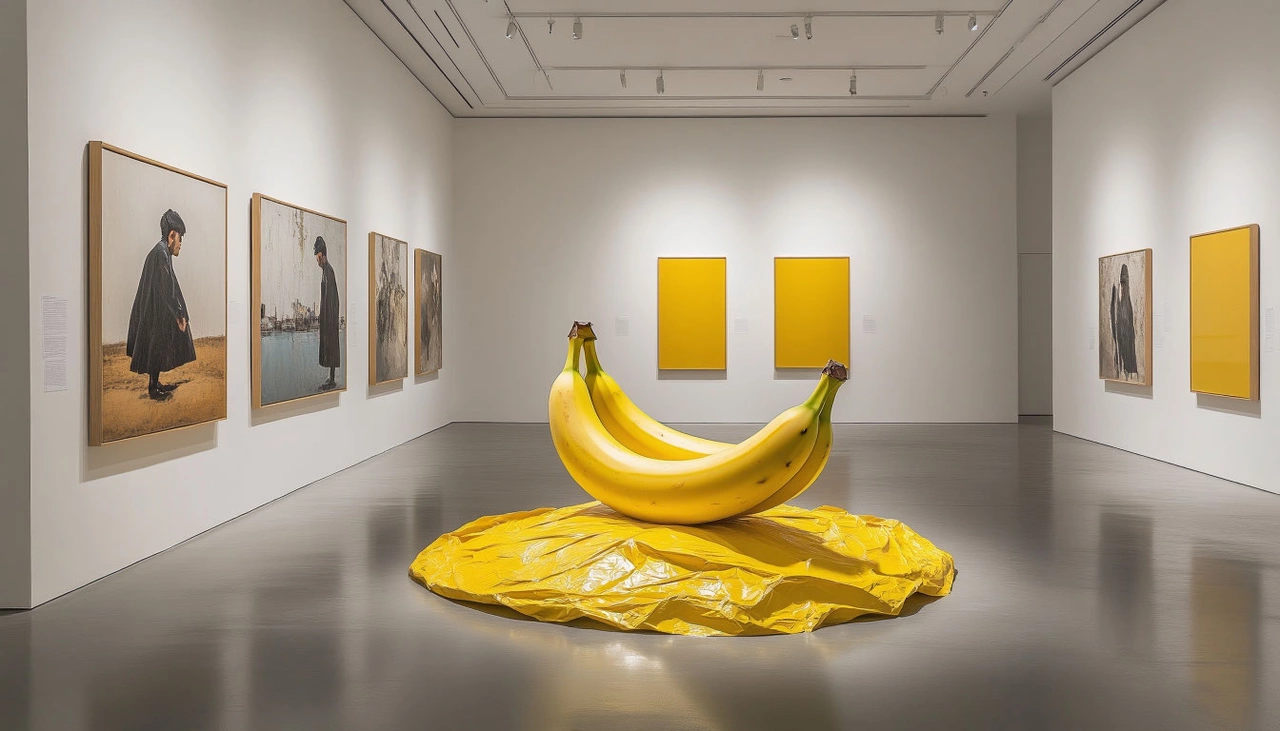
🎭 Performance or Prank?
Comedian—a banana affixed to a wall using gray duct tape—first captured the global art world’s attention at Art Basel Miami Beach in 2019. The piece sold for a jaw-dropping $120,000, with its subsequent editions fetching even higher prices. Though simple in form, the artwork sparked endless discourse: Is it satire? Is it genius? Or is it simply a banana?
The banana at the Pompidou-Metz exhibition was part of “The Endless Sunday,” a large-scale show marking the museum’s 15th anniversary and featuring over 400 works from the Musée National d’Art Moderne. Co-curated by Cattelan and museum director Chiara Parisi, the show explores the absurd, the ironic, and the ephemeral—a perfect thematic home for Comedian.

🍽️ “He Forgot the Tape!”
The recent fruit-snatching visitor seems to have misunderstood—or maybe brilliantly enacted—the spirit of the piece. According to Cattelan, who spoke to the AFP, he was disappointed not by the act itself, but by the method. “Instead of eating the banana with its skin and duct tape, the visitor just consumed the fruit,” the artist said with wry irony. “He confused the fruit for the artwork.”
In truth, that’s exactly the kind of confusion Cattelan has courted throughout his career. Comedian isn’t just a banana; it’s a gesture, a provocation, a looping commentary on the absurdity of artistic value. The museum, unfazed, replaced the banana within minutes—following Cattelan’s own protocol for maintaining the piece.

🤑 Big Bucks for Bananas
Though it may seem like a joke, Comedian has been one of the most lucrative artworks of the 21st century. After its initial edition sold at Art Basel, a second version changed hands for the same amount. The third was purchased by the Guggenheim for $150,000. But things escalated further in 2023 when a second edition was auctioned at Sotheby’s for a staggering $6.24 million—more than four times its estimate.
The buyer? Justin Sun, a Chinese billionaire and founder of the TRON cryptocurrency platform. True to form, Sun made headlines by eating the artwork himself just days after winning the bid, during a press conference in Hong Kong. With this, he added another chapter to Comedian’s ever-expanding mythology—a performance about performance, consumption, and spectacle.

🍌 A Banana’s Long Journey Through Fame
This isn’t the first time the banana’s fate has been sealed by someone’s appetite. In 2019, during Comedian’s debut at Art Basel, performance artist David Datuna strolled up to the booth and ate the fruit, declaring that he was “hungry.” The action caused a media frenzy. The gallery simply taped another banana to the wall. And again, in 2023, a student at Seoul National University ate the fruit during an exhibit at the Leeum Museum, also citing hunger.
These incidents may seem disruptive, but they play directly into the artwork’s open-ended nature. Cattelan has said little about whether these acts are vandalism, collaboration, or merely inevitable. But each one further entangles Comedian in the story of how meaning is made—and destroyed—in contemporary art.
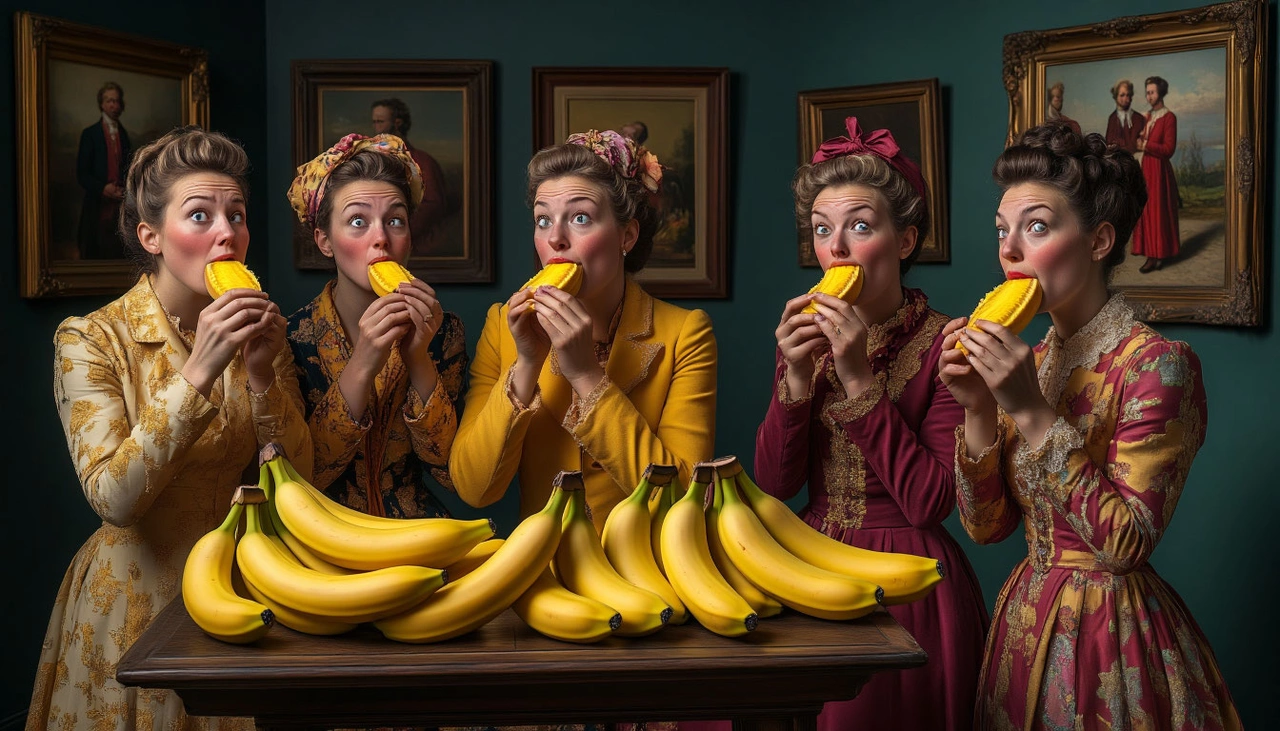
🧩 What Is the Art?
The brilliance—or absurdity—of Comedian lies in its ambiguity. Is the banana the art? Is the tape part of it? Or is the true artwork the idea, the conversation, the reaction it evokes? By selling certificates of authenticity rather than the physical fruit, Cattelan has ensured that Comedian lives on in perpetuity. The banana is always replaceable. The debate is not.
In a world where NFTs, AI art, and speculative markets push the boundaries of authorship and originality, Cattelan’s banana seems surprisingly timeless. It asks us to laugh, to think, to question value—and perhaps to question our own participation in the spectacle.
🥇 The Banana That Keeps Giving
Whether you see it as a joke, a mirror to our absurd art market, or a brilliant conceptual statement, Comedian remains a cultural phenomenon. And as long as people keep eating it, the performance will go on.
Raymond Saunders, the influential American artist known for his layered, symbol-rich paintings that often blurred the lines between personal narrative and political commentary, has passed away at the age of 90. His death was confirmed by Andrew Kreps Gallery and David Zwirner Gallery, who jointly represented him. Saunders leaves behind an artistic legacy defined by bold experimentation, cultural introspection, and an unwavering refusal to be boxed into labels.
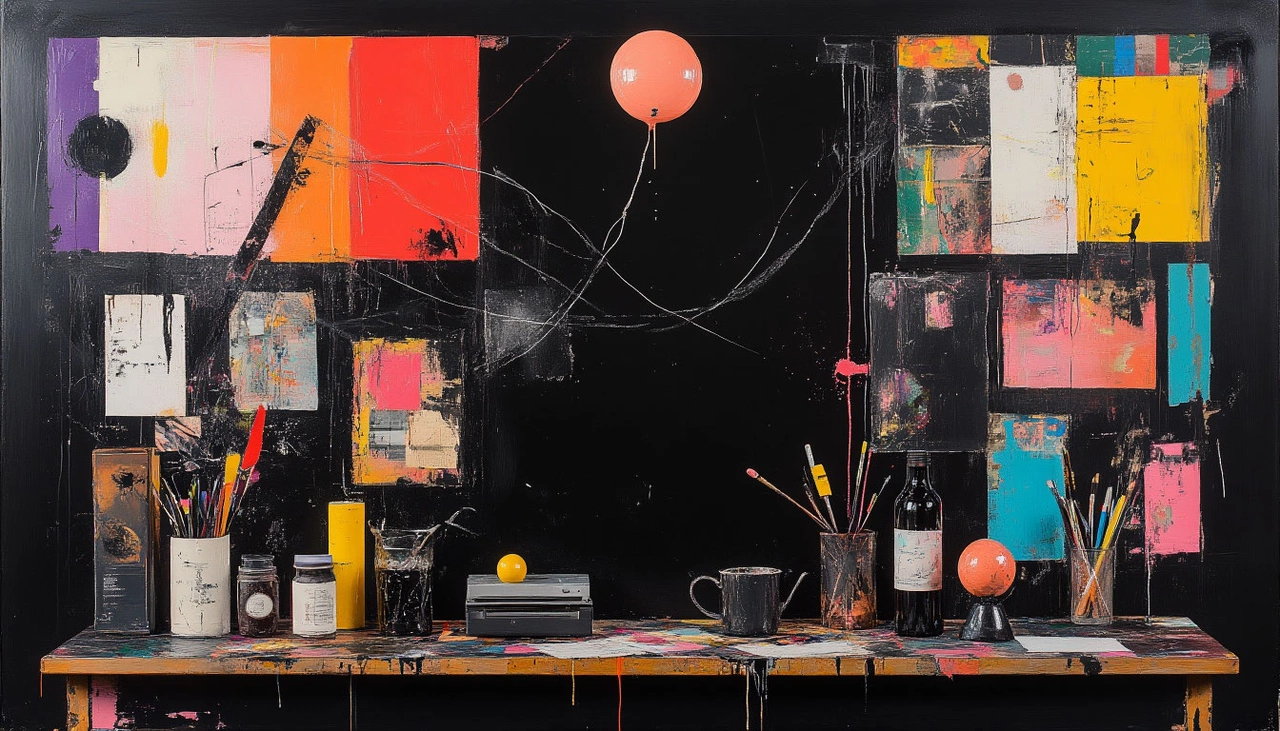
🖌️ The Art of Resistance: “Black Is a Color”
Raymond Saunders didn’t merely paint—he provoked thought. His 1967 essay Black Is a Color remains a landmark statement, rejecting the pressure to conform to political expectations placed upon Black artists. “I am not here to play the gallery,” he wrote, boldly declaring that his only responsibility was to be fully himself, both as a man and as an artist.
This ethos reverberated throughout his work, which is often constructed as assemblage—paintings featuring layers of chalk drawings, graffiti-like scribbles, found objects, and stark black surfaces. Through this visual language, Saunders illuminated themes of identity, racism, education, and cultural tension, without ever spelling things out too plainly. “Art is a fiction,” he believed. And in fiction, truths emerge in layers.
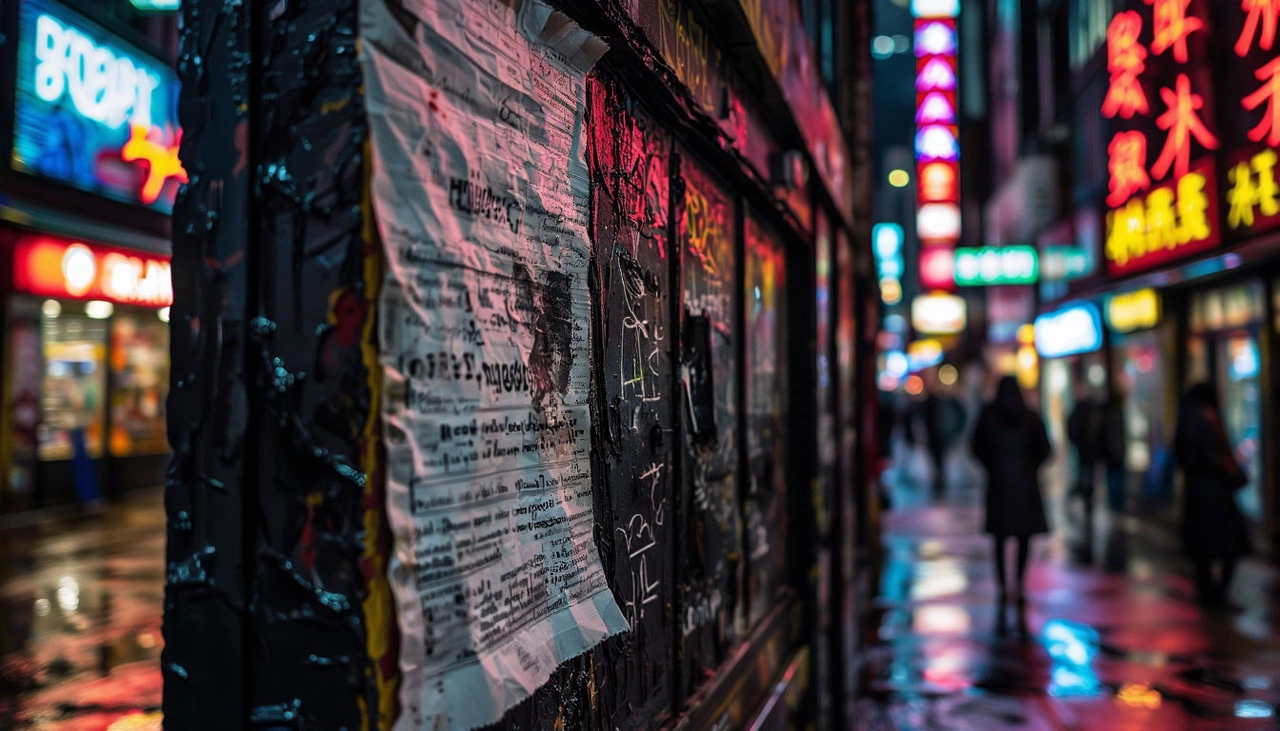
🏙️ From Pittsburgh Steel to Oakland Soul
Born in 1934 in Pittsburgh, Saunders’s journey through the art world began in a city defined by grit and resilience. He studied art from a young age at local institutions and was mentored by Joseph C. Fitzpatrick—an educator who also guided figures like Andy Warhol and Mel Bochner. After earning a scholarship to the Pennsylvania Academy of the Fine Arts, Saunders completed his BFA at Carnegie Institute of Technology in 1960.
Following his studies, he moved to Oakland, California, which would remain his creative home for over six decades. He completed his MFA at the California College of Arts and Crafts in 1961 and later taught at multiple California universities, nurturing generations of artists while continuing to develop his own groundbreaking work.
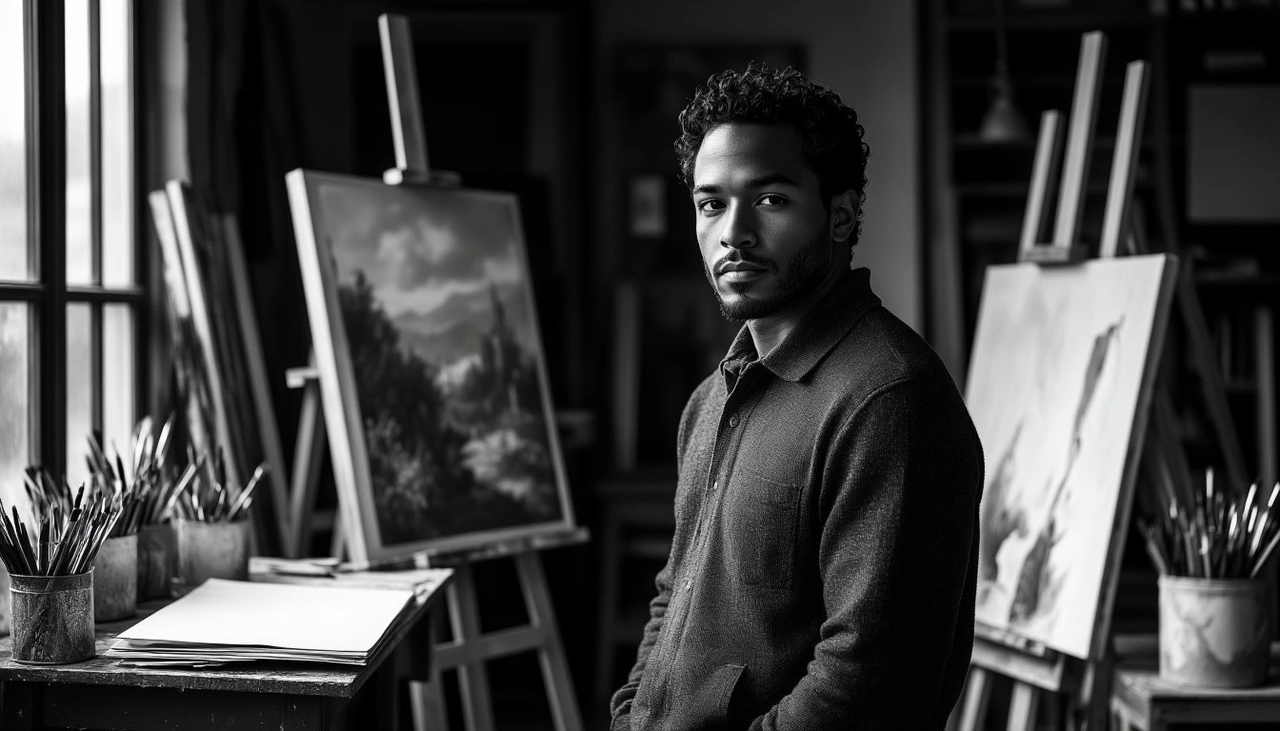
🌍 A Global Legacy in Paint
Saunders’s work resonated beyond local and national boundaries. He was awarded prestigious honors such as the Rome Prize Fellowship in 1964, a Guggenheim Fellowship in 1976, and two National Endowment for the Arts awards. His paintings have been shown in pivotal exhibitions such as Soul of a Nation: Art in the Age of Black Power (Tate Modern, 2017) and Now Dig This! Art and Black Los Angeles (Hammer Museum, 2011).
Most recently, his career was celebrated in Flowers from a Black Garden—his first full retrospective—at the Carnegie Museum of Art in Pittsburgh. The show featured 35 major works and was hailed as a triumphant homecoming. “He makes it feel nice to be led astray,” ARTnews critic Alex Greenberger wrote, praising Saunders’s ability to resist neat interpretation and instead invite viewers into poetic ambiguity.
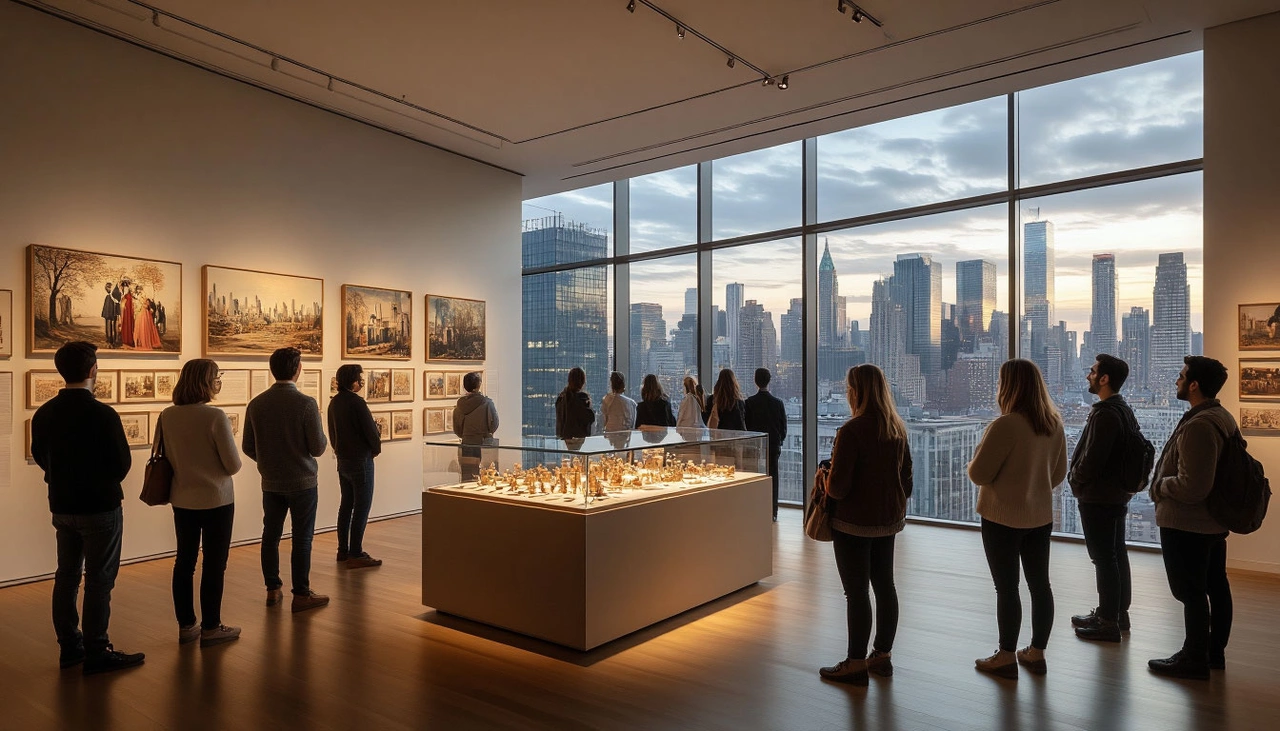
🧠 The Intellectual and the Educator
Beyond the canvas, Saunders’s contributions to critical discourse shaped conversations around race, power, and artistic freedom. His writing, especially Black Is a Color, continues to be studied for its bold articulation of the artist’s place in society. Rather than allow his identity as a Black man to define or limit him, Saunders insisted that it be one color in a much broader palette of human expression.
He taught for decades at institutions including California State University East Bay and California College of the Arts, influencing countless students with his insistence on integrity, experimentation, and resistance to formula.
🕊️ A Lasting Influence
Raymond Saunders’s works are held in some of the most respected art institutions in the world, including MoMA, the Met, the Whitney, SFMOMA, the National Gallery of Art, and many more. Even as his passing marks the end of an era, his art will remain a living conversation—demanding, mysterious, and above all, human.
David Zwirner spoke of Saunders’s enduring relevance: “His work will continue to be seen and discovered by new audiences for many decades to come as he takes his rightful place in art history.”
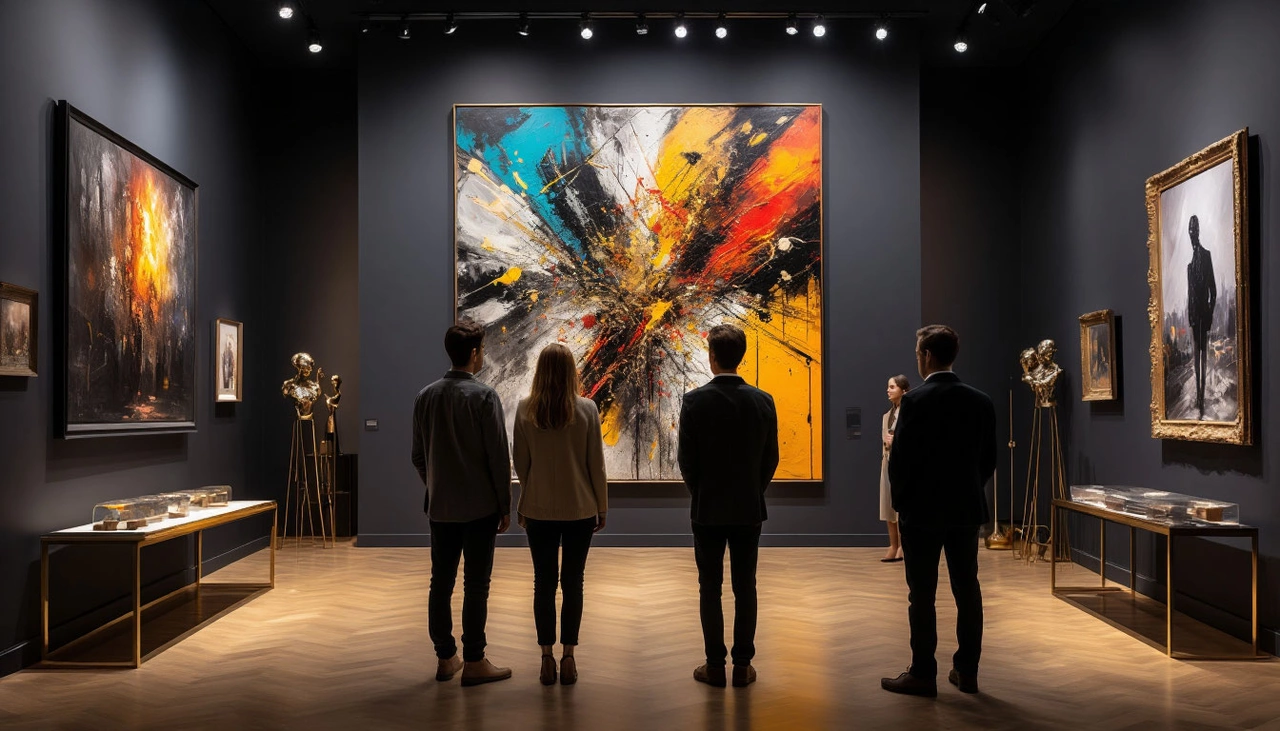
🖤 Saunders’s Final Brushstroke
His life was a canvas, and he never stopped painting—always exploring, always questioning, always refusing to let the world define his work for him. Through cryptic lines and bold textures, Raymond Saunders wrote himself into art history—not as a Black artist, but as a brilliant artist who happened to be Black. And that distinction, in his own words, makes all the difference.
After nearly two decades of transforming the cultural landscape of New Orleans, Prospect New Orleans—the groundbreaking citywide contemporary art triennial—has announced a major shift. Instead of launching a seventh edition in 2027, the organization will focus on the creation of an expansive archival publication titled “20 Years of Prospect.” This new endeavor will celebrate and preserve the legacy of one of America’s most unique recurring exhibitions.

🛑 No Prospect.7—But a Bigger Story is Being Told
In an interview with ARTnews, former executive director Nick Stillman explained the decision: the triennial cycle—held every three years—is an “extremely demanding grind.” Rather than mounting another massive event in 2027, the team will take a deliberate step back to focus on legacy, memory, and preservation. The goal? Ensure that Prospect is never at risk of being forgotten or overlooked.
The upcoming publication will include oral histories, critical essays, and rare archival images from each of the six previous editions. While future editions of Prospect aren’t ruled out entirely, Stillman emphasized that the organization is “just not there yet.”
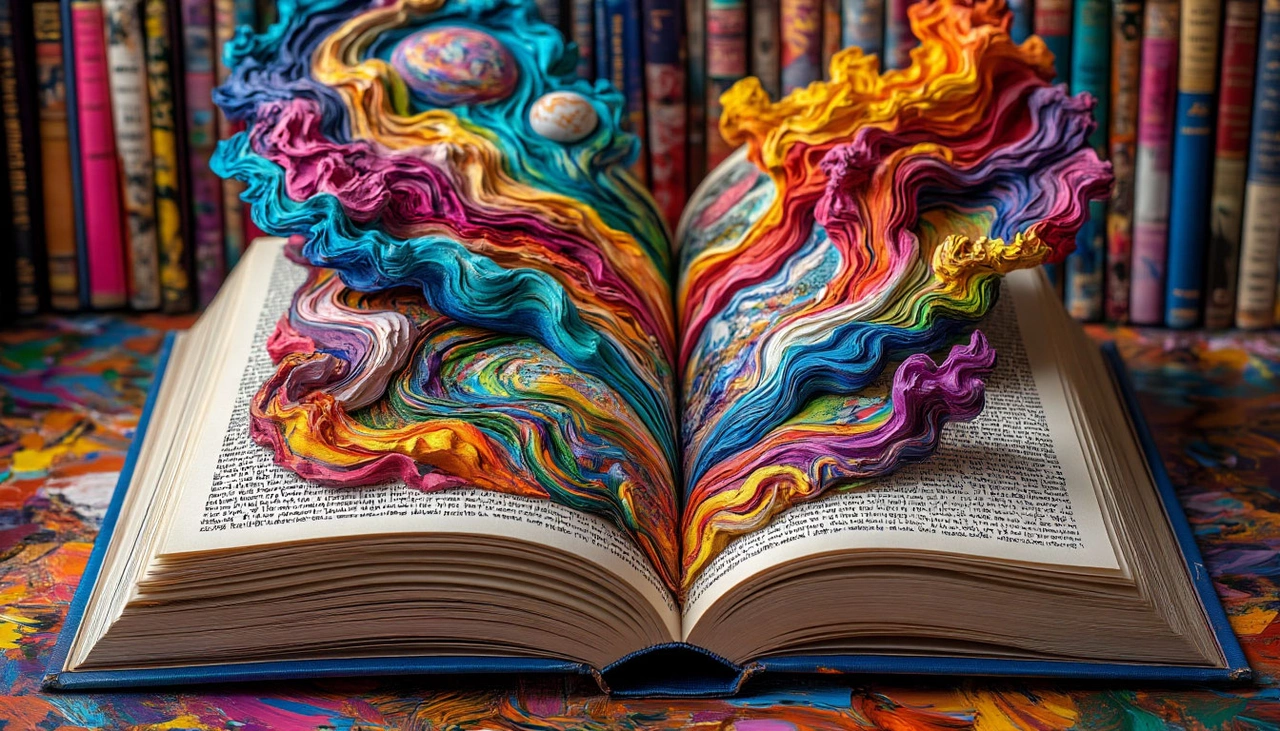
🌀 From Post-Katrina Vision to Internationally Acclaimed Art Platform
Launched in 2007 by independent curator Dan Cameron, Prospect emerged as a creative response to the devastation of Hurricane Katrina. The idea was bold and timely: use contemporary art as a tool to envision New Orleans’ next chapter. From that vision came a dynamic, experimental, and deeply localized exhibition that invited artists from around the world to engage with the city’s layered identity.
The first two editions were organized by Cameron himself. Over the years, a rotating roster of respected curators—such as Franklin Sirmans, Trevor Schoonmaker, Naima J. Keith, Diana Nawi, Miranda Lash, and Ebony G. Patterson—took on the creative reins, helping the exhibition evolve while maintaining its core values.

💰 Budget Realities in a Shifting Political Climate
While Prospect has achieved considerable acclaim, its financial situation has always required careful navigation. The cost of mounting each edition typically ranges between $5 million and $6.3 million. That budget must cover staff, artist fees, fabrication, shipping, insurance, and year-round programming.
Although Prospect has received consistent support from the National Endowment for the Arts (NEA) since 2019, Stillman noted that public arts funding is becoming increasingly precarious. He cited growing concern over the broader political climate and the vulnerability of arts organizations that engage with socially and politically sensitive content.
Stillman didn’t mince words: “We see how the arts threaten this current administration.” With NEA grants being canceled and overall public arts funding shrinking, the board decided that now is the time to regroup, reflect, and protect what Prospect has built.
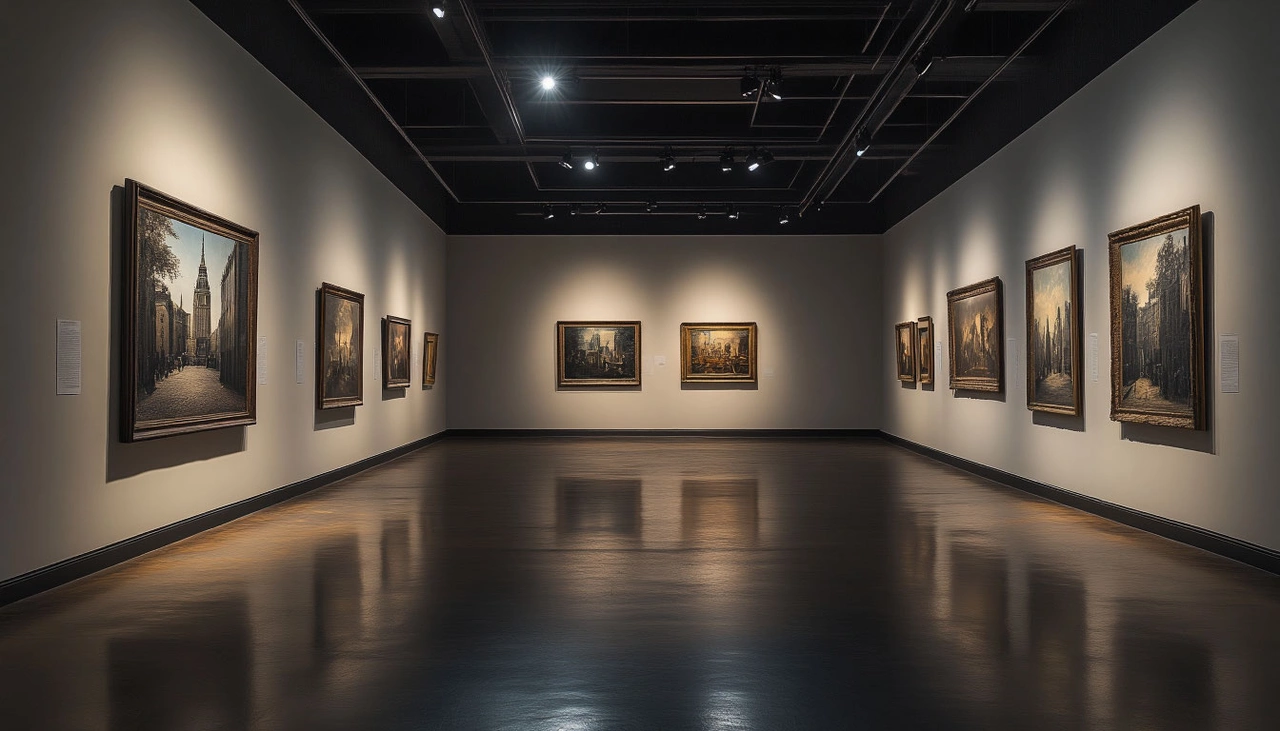
🔍 Why This Pause Matters
The decision to skip the 2027 edition isn’t just about logistics or funding. It’s also a moment to reassess the ecosystem of collaboration that makes Prospect possible. Unlike traditional biennials, Prospect spans the entire city, involving museums, cultural organizations, and independent spaces. This complex model relies heavily on community partnerships.
By pressing pause, the organization aims to avoid overtaxing this fragile but essential ecosystem. It's a move driven by care—not only for the art but for the people and institutions that make it happen.
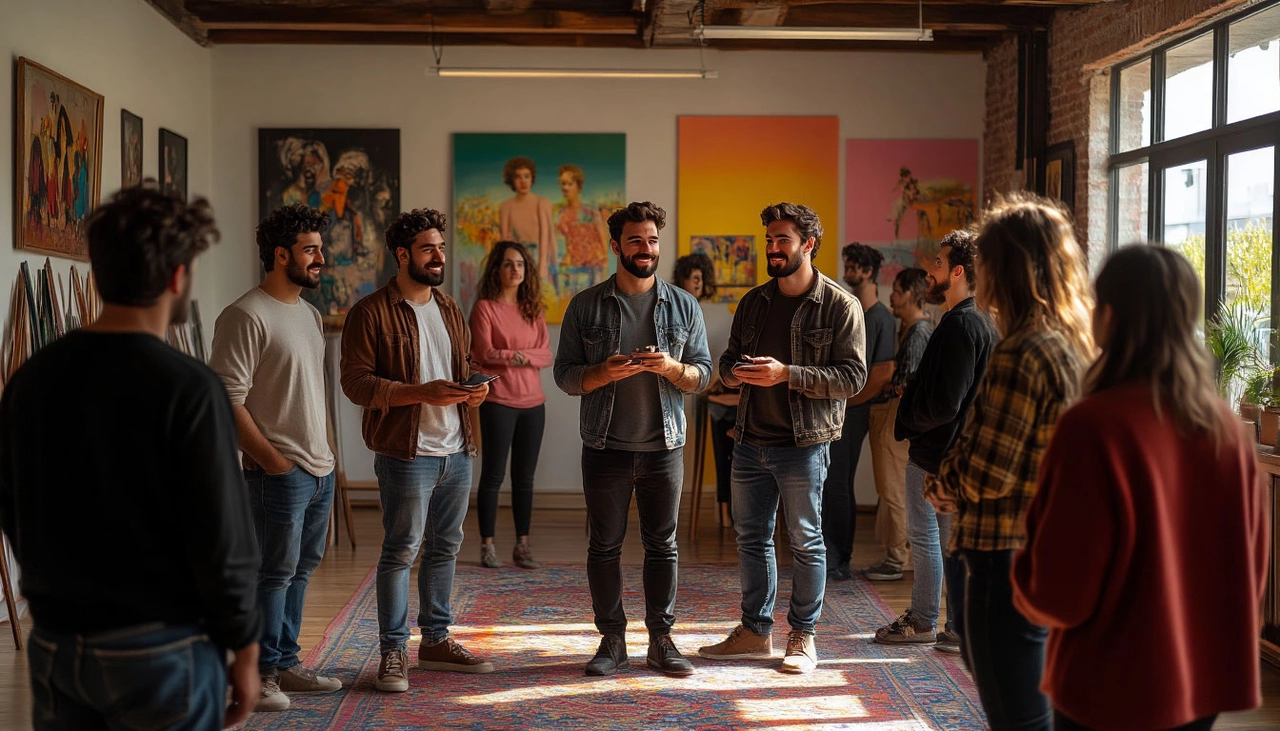
🕊️ A Future Rooted in Memory and Intention
Although there won’t be a physical exhibition in 2027, Prospect's spirit is far from dormant. The forthcoming book promises to be more than a retrospective; it’s a tool for understanding how contemporary art can live and breathe within a city’s soul. From large-scale commissions to hyperlocal interventions, Prospect has always told stories that matter—and this publication will preserve those stories for future generations.
It’s a pause filled with purpose. A chance to zoom out, archive the impact, and let Prospect’s past guide its next act—whenever that may come.
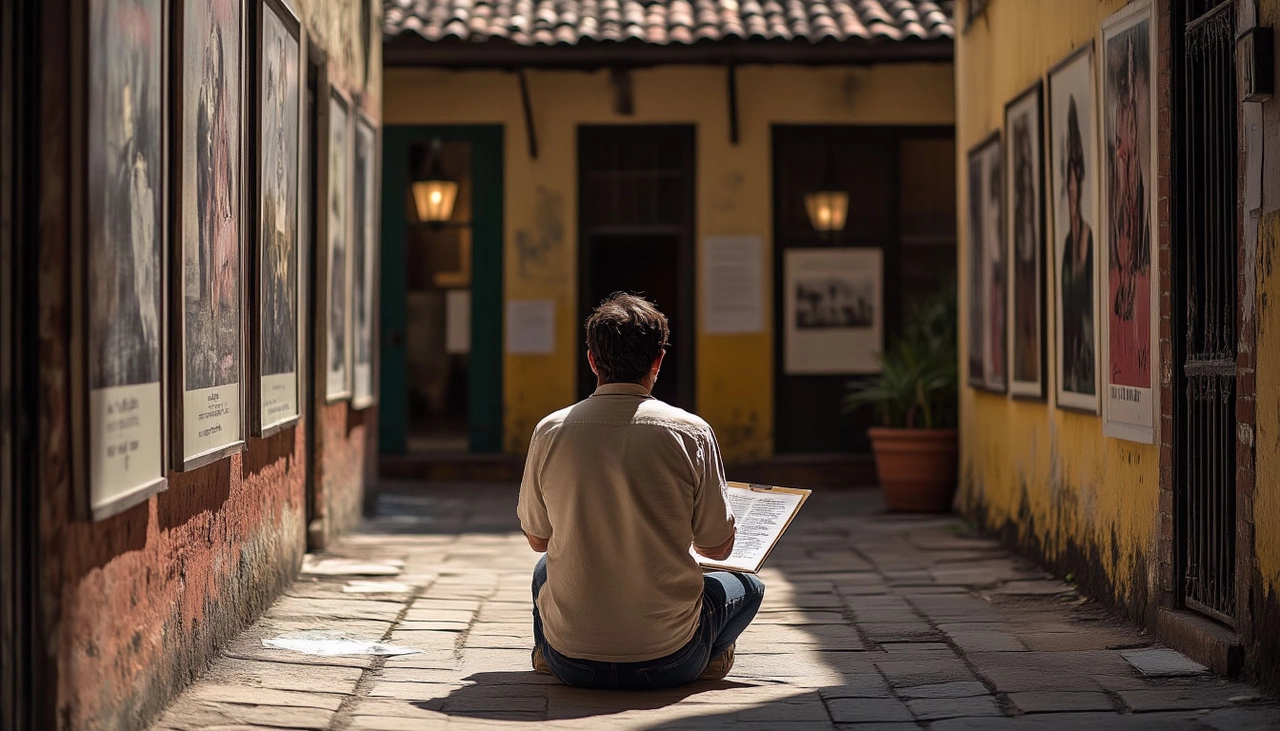
If Prospect was born out of recovery and resilience, then this moment of reflection is just another chapter in its evolution. One that reminds us: art can rebuild, rethink, and remember—and sometimes, the most radical act is to pause.
After nearly a millennium, one of Europe’s most treasured artifacts will cross the English Channel. The legendary Bayeux Tapestry — a 230-foot embroidered panorama chronicling the Norman conquest of England — is set to go on display in the UK for the first time in over 900 years. In August 2026, it will be exhibited at the British Museum in London, marking a historic cultural moment between France and the United Kingdom.
This landmark loan, agreed upon by British Prime Minister Sir Keir Starmer and French President Emmanuel Macron, is more than a diplomatic gesture — it's a symbolic act of unity. In exchange, the British Museum will loan key treasures from its own collection to Normandy, including items from the famed Sutton Hoo ship burial and several pieces from the 12th-century Lewis Chessmen.

📜 A Masterpiece of Storytelling Through Thread
The Bayeux Tapestry is not just an artwork — it’s a historical narrative stitched in wool. Created in the late 11th century, it vividly illustrates the events leading up to the Norman invasion of England in 1066 and culminates in the fateful Battle of Hastings. Across its 58 scenes are 626 human figures, 202 horses, 55 dogs, and countless other details, all rendered in Romanesque style with astonishing precision.
With its sheer scale and masterful storytelling, the tapestry has been praised not just as a document of history, but as one of the most significant artistic achievements of the medieval world. It has inspired generations of artists, including contemporary figures like Britta Marakatt-Labba, whose tapestry Historjá chronicles the history of the Sámi people in similar stitched format.

🕰️ A Long Journey to London — With Decades of Delays
The journey to bring the tapestry to Britain has been years in the making. President Macron first proposed the idea in 2018, viewing it as a gesture of solidarity during post-Brexit tensions. At the time, the plan was to loan the piece for a 2022 exhibition. But logistical hurdles soon emerged. In 2021, conservation experts deemed the tapestry too fragile to travel, stalling plans indefinitely.
The following year, hopes were briefly revived when the Victoria & Albert Museum initiated scholarly studies exploring how the artifact could safely be displayed. However, news quickly went quiet, and the project appeared dormant — until now.
The renewed agreement between Starmer and Macron confirms what many had hoped for years: the Bayeux Tapestry’s UK debut is no longer a dream, but a reality.

🤝 More Than an Exhibition — A Diplomatic Statement
This exhibition arrives at a poignant moment for UK-France relations. While the Bayeux Tapestry is ancient, its symbolism is very much alive. Macron’s message, though not directly referencing the artifact, reflected this sentiment clearly: “The United Kingdom is a strategic partner, an ally, a friend. Our bond is longstanding, forged by History and strengthened by trust.”
The British Museum’s director, Nicholas Cullinan, echoed the importance of cultural diplomacy, stating, “This is exactly the kind of international partnership we aim to champion—sharing the best of our collection and, in return, bringing the world’s wonders to London for global audiences.”
The museum anticipates record-breaking attendance when the tapestry goes on display, not only because of its rarity but also because it will be the first time many visitors will experience it outside of France.

🧩 A Rediscovered Piece Adds to the Excitement
In an exciting twist, earlier this year a lost fragment of the Bayeux Tapestry surfaced in a German archive. This newly found section, believed to have been separated from the main tapestry centuries ago, will make its way back to France later this year. Scholars are hopeful it could one day be reunited — even temporarily — with the main piece for international exhibitions, further enriching public understanding of the tapestry’s full narrative.
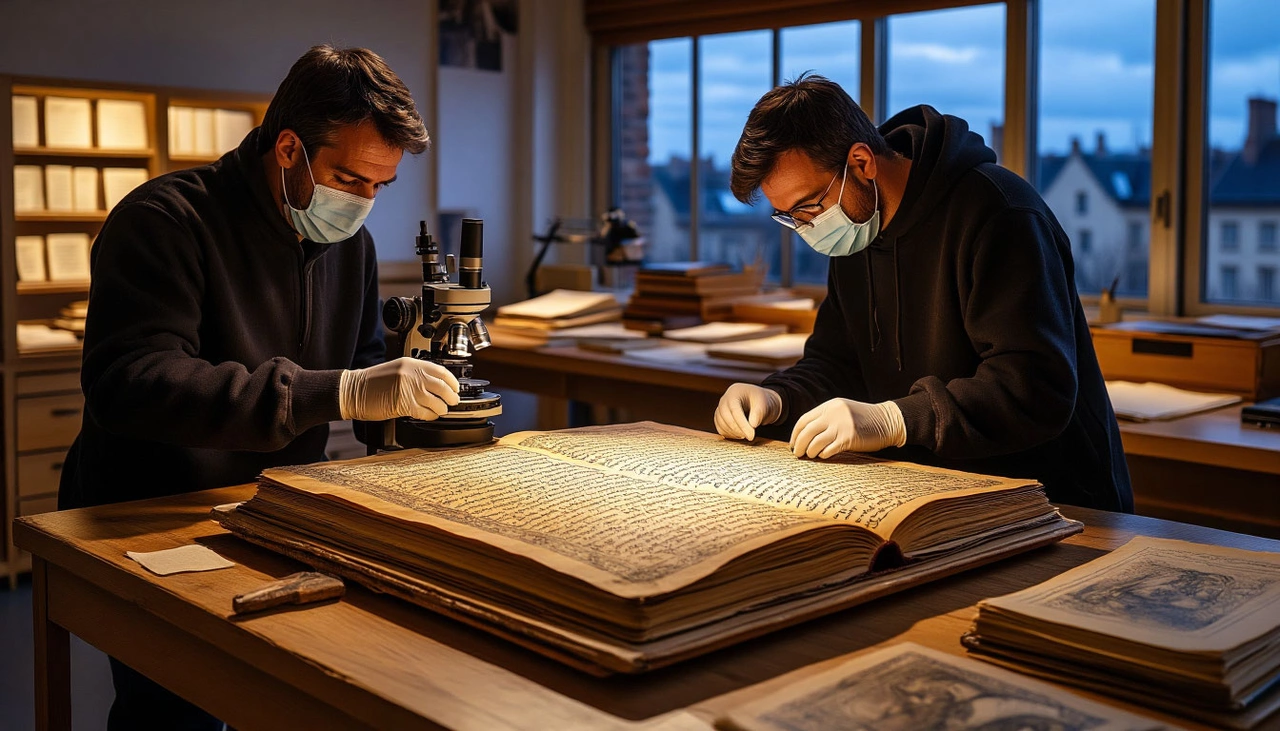
✨ What Awaits in 2026
When the Bayeux Tapestry finally arrives in London, it will be more than just a major cultural event — it will be the reunion of artifact and audience after nearly 1,000 years apart. The exhibition is expected to feature extensive educational programming, interactive digital displays, and discussions around historical interpretation and conservation.
Visitors will not only witness an iconic depiction of conquest, kingship, and medieval politics but also be invited to reflect on the deeper connections between nations — and how art, even after centuries, continues to stitch people together.
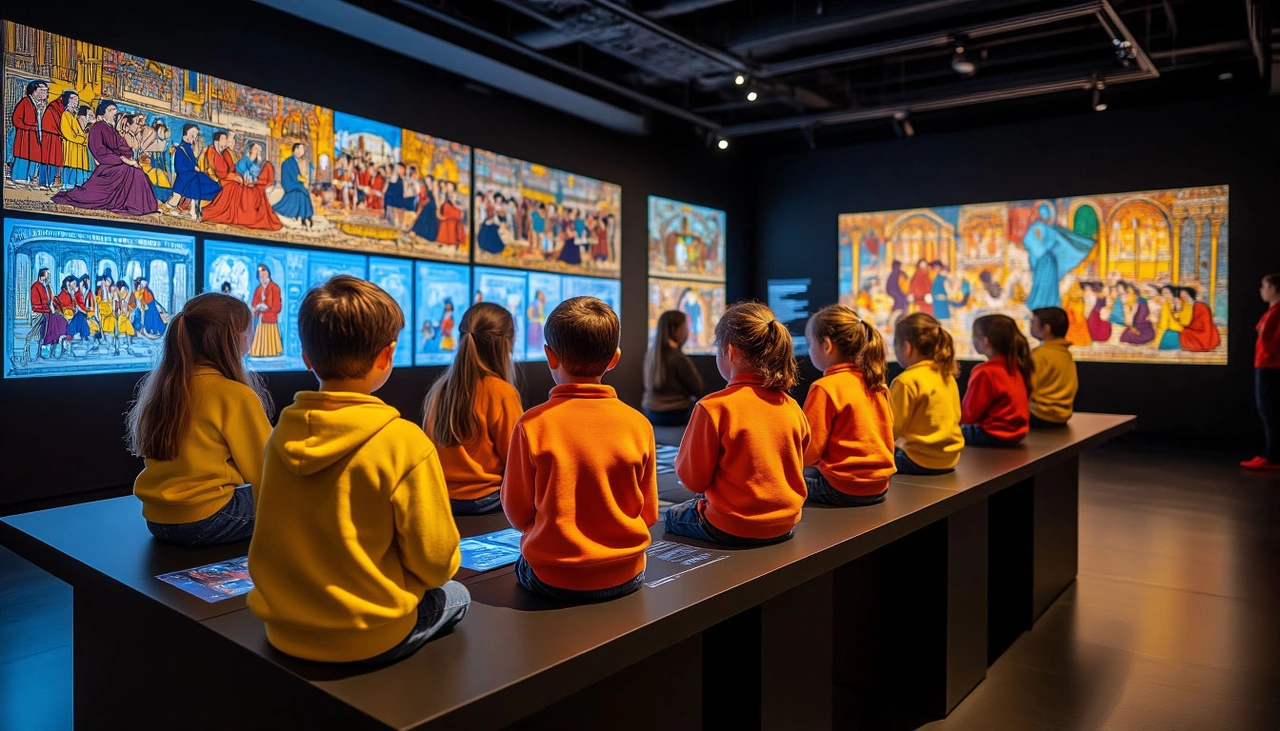
Every summer, like clockwork, the art world collectively exhales. August has long meant a pause in programming, especially in New York, where galleries wind down before taking a break. But before that seasonal hush, there’s typically one last hurrah: the summer group show. Once a staple—sometimes thoughtful, sometimes chaotic—this format has lately drawn criticism for lacking coherence, vision, or worse, for serving merely as a sales dump for leftover inventory.
But don’t write the obituary just yet. The summer group show isn’t extinct—it’s just entering a more self-aware phase.
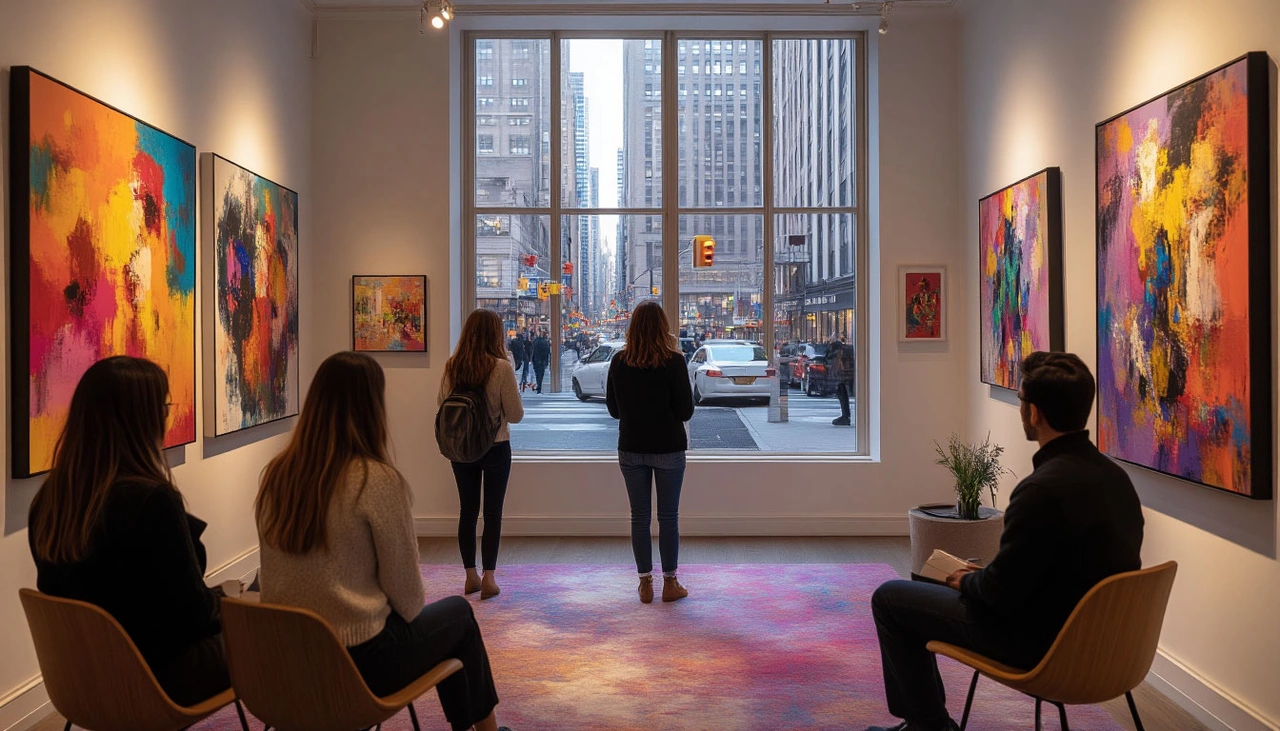
💡 The Summer Show’s Real Role: Visibility, Not Revolution
Speak to dealers, curators, and art advisors, and you’ll find that these shows have never really been about rewriting the canon. Instead, they function as vital nodes of visibility during the slowest time of year. They're a chance for galleries to test out emerging talent, maintain presence, and offer collectors something new—without the pressure of art fair deadlines or blockbuster solo shows.
Alex Glauber, president of the Association of Professional Art Advisors, notes that summer shows generally fall into two categories: either they push a curatorial idea forward, or they exist to maintain relationships—with artists, with collectors, with the broader community. “It’s how you stay in the conversation,” he says.

🧩 Cost vs. Creativity: The Financial Tightrope
Of course, staging these exhibitions isn’t always easy. Shipping, insurance, and consignment splits make them expensive. Galleries often work with borrowed pieces from other dealers—meaning profits are divided and top-tier works are harder to obtain. But despite tighter margins, some galleries still lean into group shows with sincerity and even playfulness.
Adam Cohen, founder of the Chelsea-based gallery A Hug from the Art World, recently debuted his first summer show curated by 14-year-old Luke Newsom. With works by heavyweights like KAWS and Raymond Pettibon, the show struck a balance between irreverence and integrity. “Just because it's lighthearted doesn't mean it’s lazy,” Cohen insists. The real success? Connection. “Group shows start conversations that might not happen otherwise.”
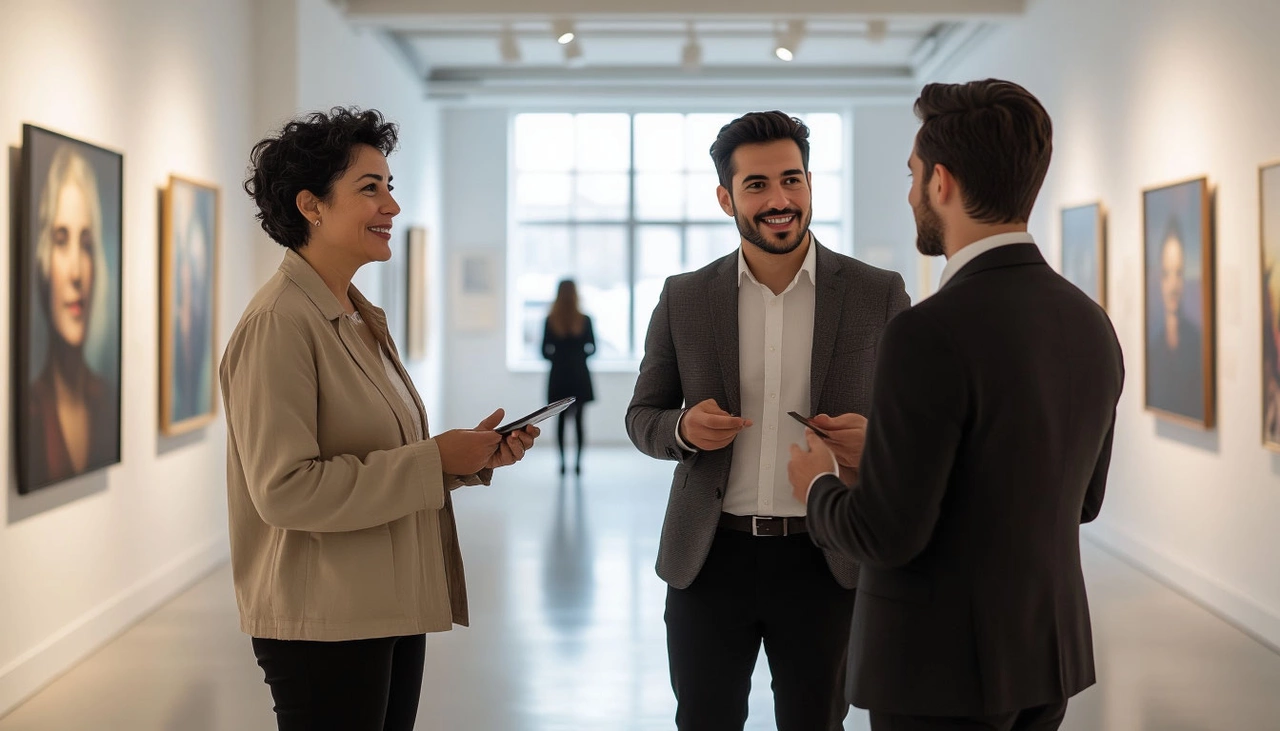
📚 Themes That Matter: Reading, Children, and Imagination
Many galleries are rethinking themes altogether. At Galerie Lelong, the show “Summer Reads” explores the act of reading—literally and metaphorically—with standout works by Martha Rosler and John Clang. Clang’s interactive series, “Reading by an Artist,” first shown at the Sharjah Biennial, makes its New York debut here. For director Mary Sabbatino, group shows are about opening doors—not just for artists, but also for institutions and younger galleries.
Over at Timothy Taylor, the summer show “The Kids Are Alright” brings together more than 40 artists exploring childhood from different angles. The show, curated by Helen Toomer, is expansive but tightly conceived. “Summer lets us breathe a little, try something different, and reach a new audience,” says partner Chloe Waddington.
The gallery even ditched the usual trappings—no champagne towers here. Instead? An ice cream truck. It worked. They met collectors and advisers who had never set foot in the gallery before. And yes, plenty of pieces sold too.

🚪Why Some Still Say No—and That’s Okay
Despite the success stories, some heavyweights are opting out. Galleries like Bortolami, Pace, and Andrew Kreps now skip the group format entirely. At Lehmann Maupin, partner Fionna Flaherty explains they haven’t staged a summer group show in three years. “Just because it’s tradition doesn’t mean it’s useful,” she says. Instead, they chose focused solo exhibitions, strategically timed before major institutional shows.
Flaherty isn’t against group shows—but she’s skeptical of doing them without a clear reason. “If we ever bring it back, it’ll be for something meaningful. Otherwise, it’s just filler.”
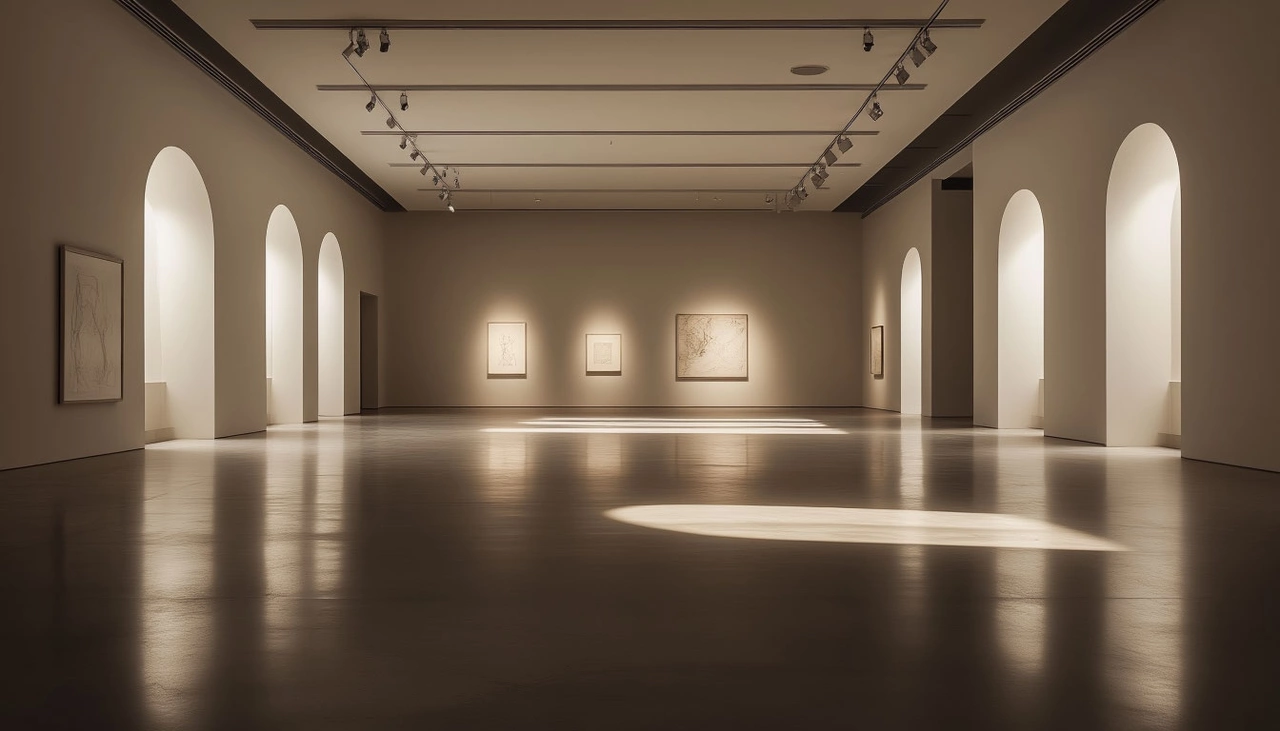
🔄 Evolving, Not Ending
Ultimately, the summer group show isn’t vanishing—it’s maturing. The days of vague themes and unsold stock may be fading, replaced by purpose-driven exhibitions, fresh curators, and ideas that embrace both seriousness and fun.
Whether it's a show built on teen vision or a curatorial dive into literature, these exhibitions are proving that summer in the art world can be more than a quiet afterthought. It can be a season of exploration, reconnection, and quiet innovation—if done with intention.
And if there’s an ice cream cone in hand while you're viewing a Pettibon? Even better. 🍦

There’s a sacred silence after sunset — a space where the world slows and thoughts deepen. Some painters found their truest inspiration here, not in daylight’s harsh glare, but in the gentle flicker of candle flames and the cool glow of night lamps.
Painting by moonlight wasn’t just choice, it was ritual. The shadows softened edges, the colors blended into mysteries, and every brushstroke carried a secret.
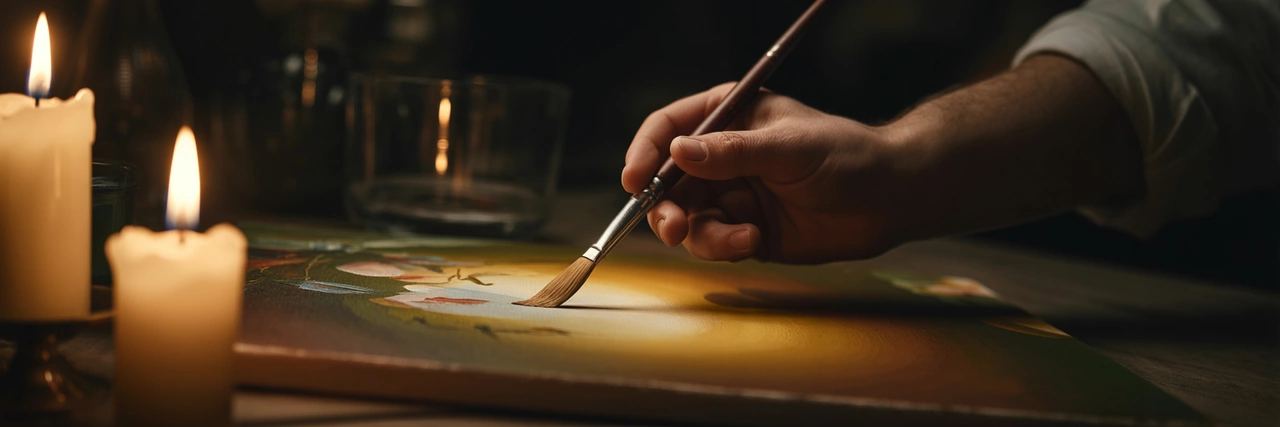
Rembrandt, Georges de La Tour, and more modern artists like Edward Hopper created masterpieces under muted light. They captured not just scenes but moods — loneliness, longing, quiet contemplation.
Painting at night demanded patience and trust in intuition. Colors shifted, forms melted into one another, and the night itself became a character in the artwork.
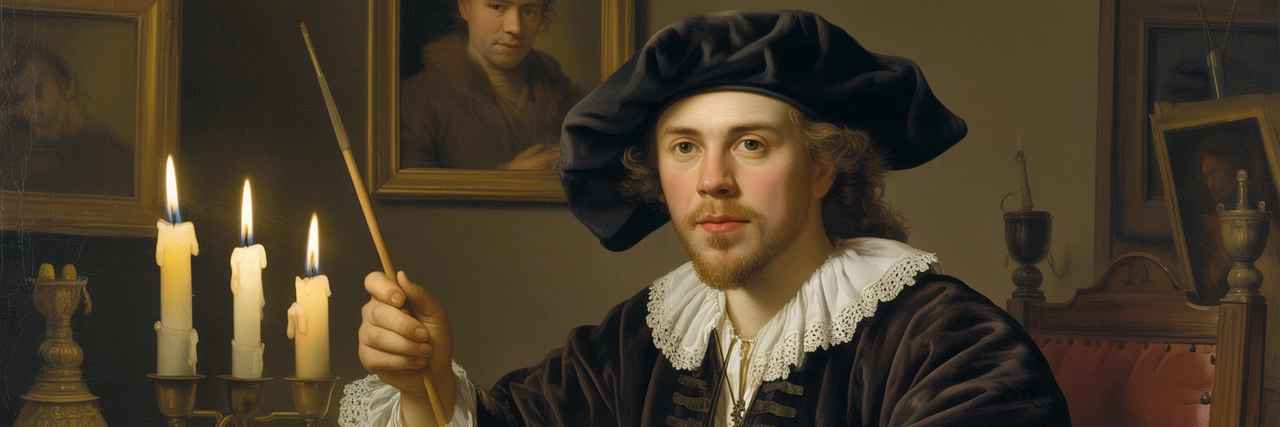
Moonlight carries its own language in art — a symbol of mystery, romance, sometimes melancholy. For painters working in darkness, the night was a canvas as much as the canvas was.
The moon became a muse, illuminating dreams and fears, revealing what daylight hides. These artists didn’t just paint what they saw — they painted what the night whispered.

Today, the glow of screens replaces candles, but some artists still seek that night magic. Painting alone, late into the quiet hours, they channel a lineage of dreamers who found truth not in light, but in shadow.
For me, the night is a reminder: creativity isn’t always bright and loud. Sometimes it’s a whisper in the dark, waiting to be heard.
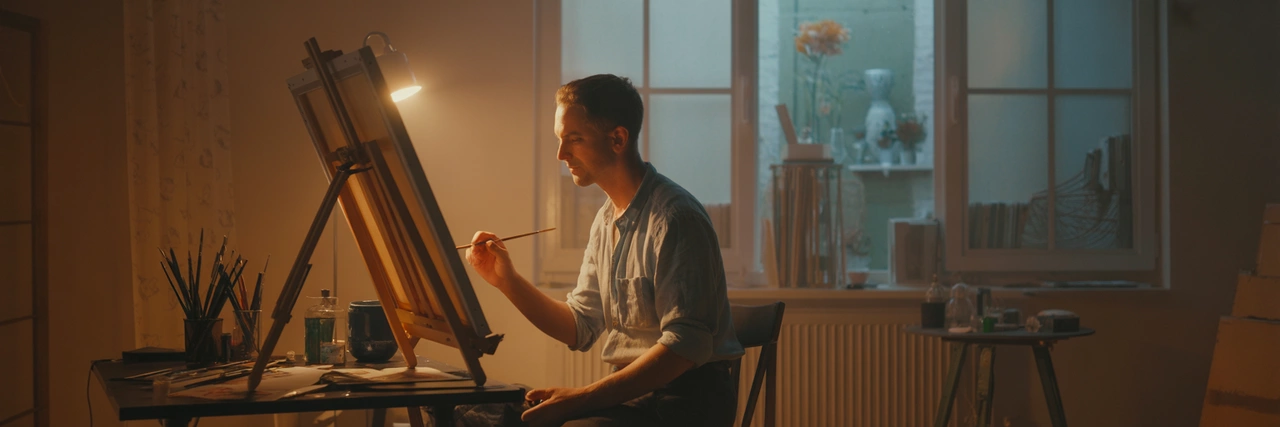
Drawing encourages us to think outside the box. When we create visuals on paper, we unlock our imagination and develop the ability to visualize ideas, stories, and concepts. This creative process fosters innovation, problem-solving skills, and the ability to see possibilities beyond the obvious.
Improves Focus and Concentration
Engaging in drawing requires attention to detail and sustained concentration. As you work on capturing shapes, shadows, and perspectives, your mind learns to focus intently on the task at hand. This practice can translate into better concentration skills in other areas of life, such as work or study. Over time, drawing becomes a meditative activity that helps calm the mind and improve mental clarity.
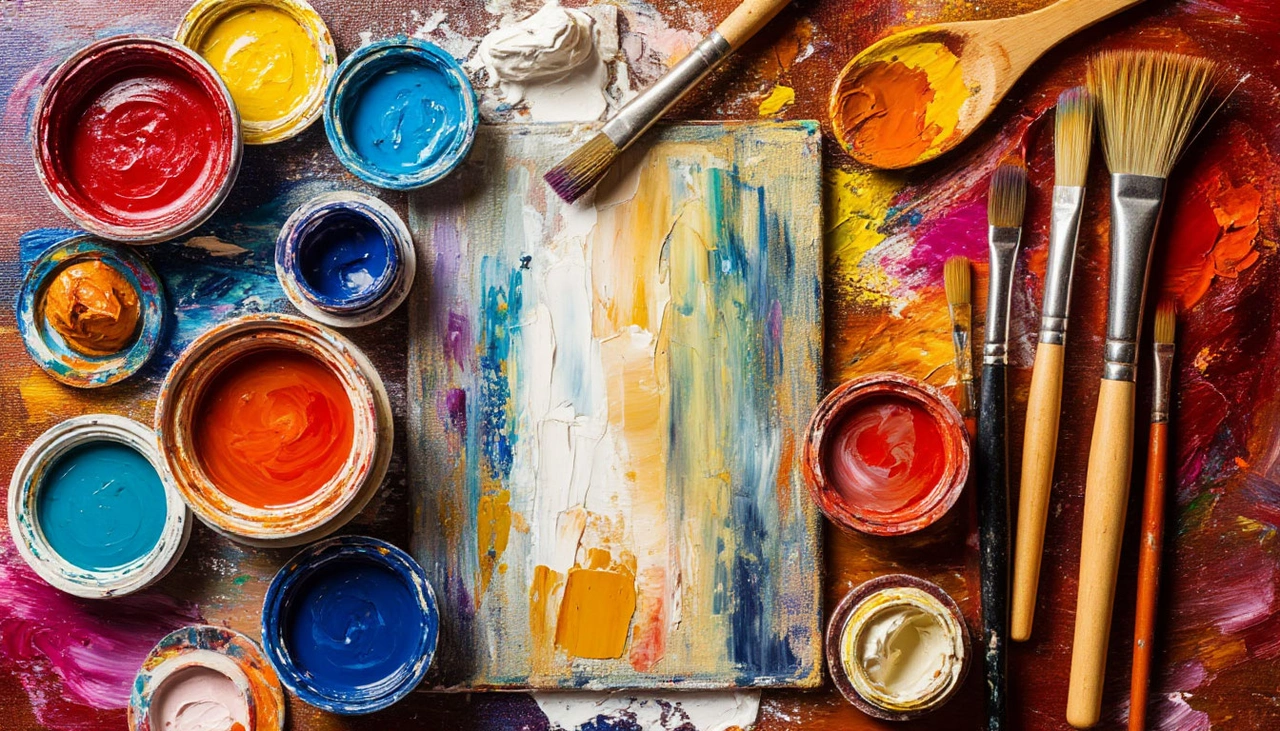
Promotes Mindfulness and Relaxation
Drawing encourages mindfulness—the practice of being present in the moment. Focusing on lines, shapes, and colors can serve as a form of meditation, helping to reduce stress and promote relaxation. Many find that sketching or doodling helps clear their mind and brings a sense of calm.
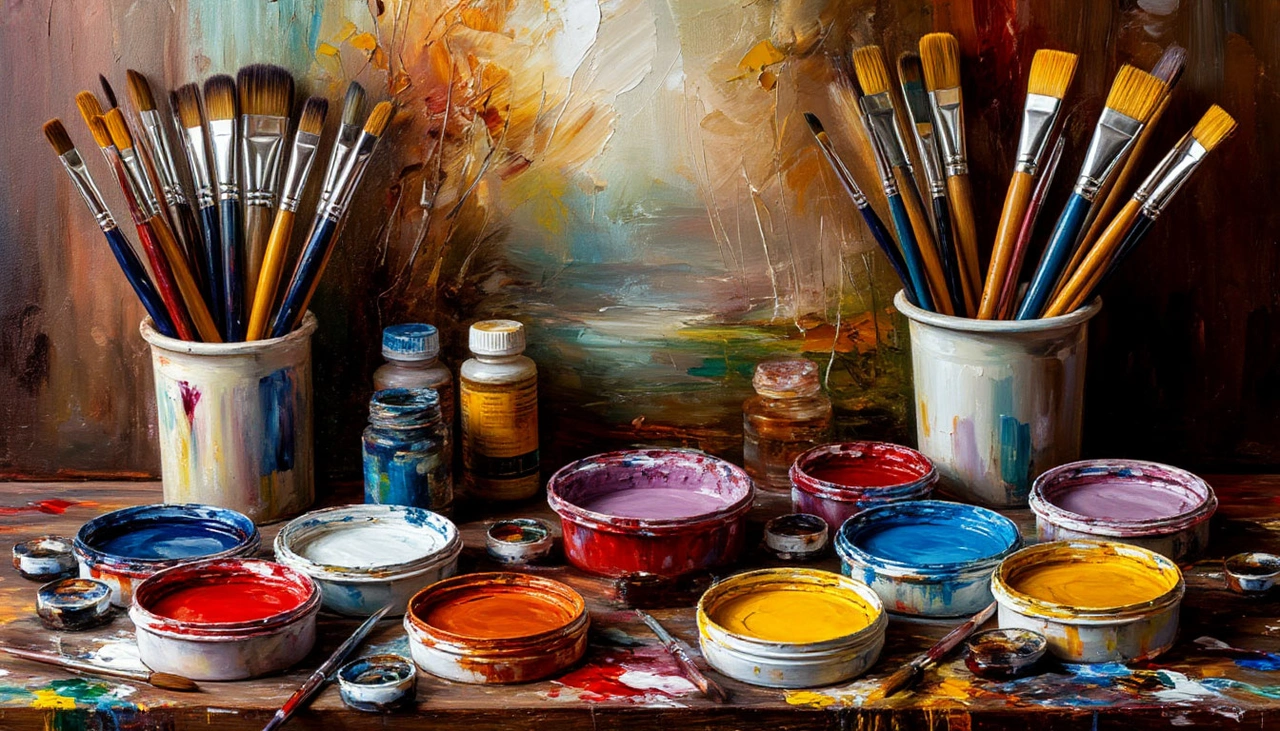
Connects Cultures and Histories
Throughout history, art has been a universal language that bridges cultures and eras. Drawing allows us to explore different artistic traditions, understand diverse perspectives, and appreciate the richness of human expression. Engaging in drawing can deepen cultural awareness and promote empathy.

Drawing is more than just creating images; it’s a multifaceted activity that nurtures our mind, body, and spirit. Whether for personal development, emotional well-being, or simply enjoying the process, incorporating drawing into your life can lead to a more balanced, fulfilled, and expressive existence. So pick up a pencil or brush—your journey into the world of art begins now!